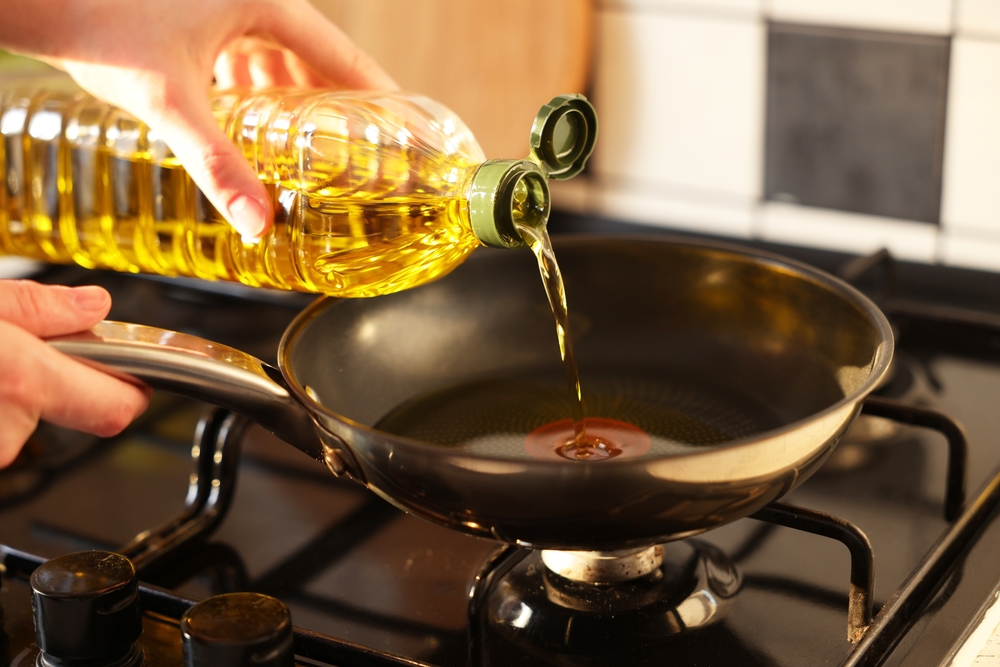Cooking oil is used in nearly every kitchen, but many people do not realize they have a limited shelf life. Oils spoil when exposed to heat, light, and oxygen, which causes their fats to break down and oxidize. Once this process begins, the oil not only loses its flavor and nutritional benefits but may also produce harmful compounds. Recognizing when oil has turned rancid is important for both food quality and health. Here are seven detailed signs that your cooking oil has gone bad and should not be used.
Unpleasant Odor

Olive oil may have a fruity aroma, while sunflower or canola oil is nearly scentless. When oil goes bad, it develops a sour, metallic, or chemical-like odor similar to paint or nail polish remover. This strong smell comes from oxidative rancidity, a process where oxygen reacts with the fats in oil, forming aldehydes and peroxides. If your oil smells unpleasant or very different from when you first opened it.
Strange Taste

Spoiled oil tends to have a sharp, bitter, or soapy flavor that lingers on the tongue. This unpleasant taste comes from the breakdown of fatty acids into free radicals. Consuming rancid oil not only ruins the taste of your food but may also lead to digestive issues and inflammation in the body. A simple taste test on a small spoonful is enough to confirm whether an oil should be used or thrown away.
Change in Color
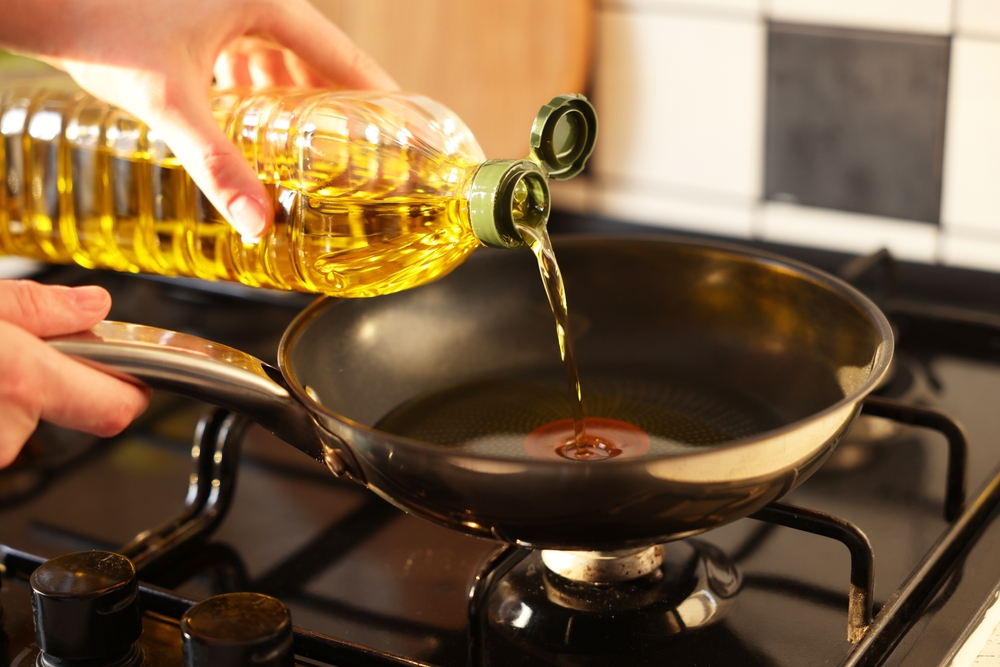
Over time, oils exposed to air and light can darken or develop a murky look. A cloudy or muddy appearance is a sign of chemical breakdown, usually from oxidation. This change often happens more quickly if the oil is stored near a stove or window where it is exposed to heat or sunlight. If the oil no longer looks as clear and bright as when first purchased, it is likely past its safe point.
Thick or Sticky Texture
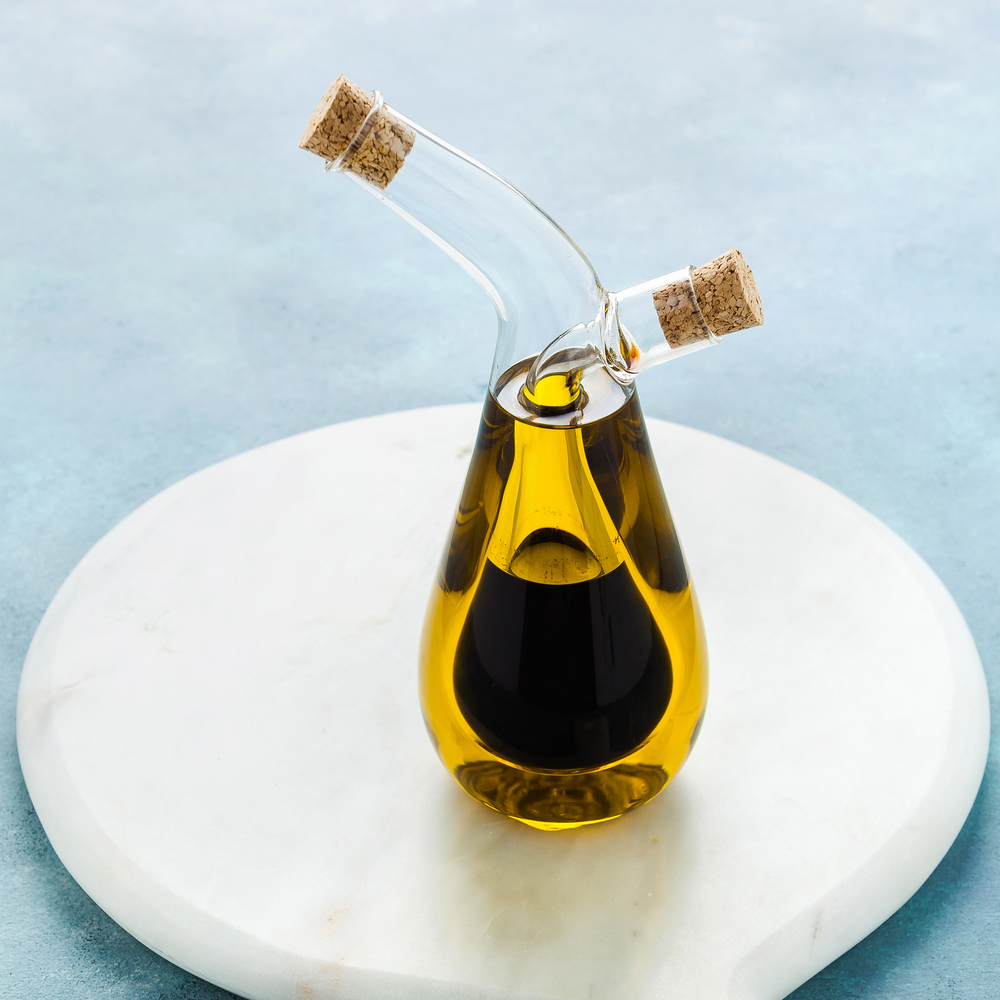
This change in texture happens when triglycerides in the oil break down, creating sticky byproducts. Oils stored for too long or kept in containers that are not tightly sealed are especially prone to this issue. If the oil clings to the bottle or feels gummy between your fingers, it has degraded and should not be used in cooking. Thickened oil will not heat evenly, and it will alter the texture of foods.
Smoke at Low Temperature
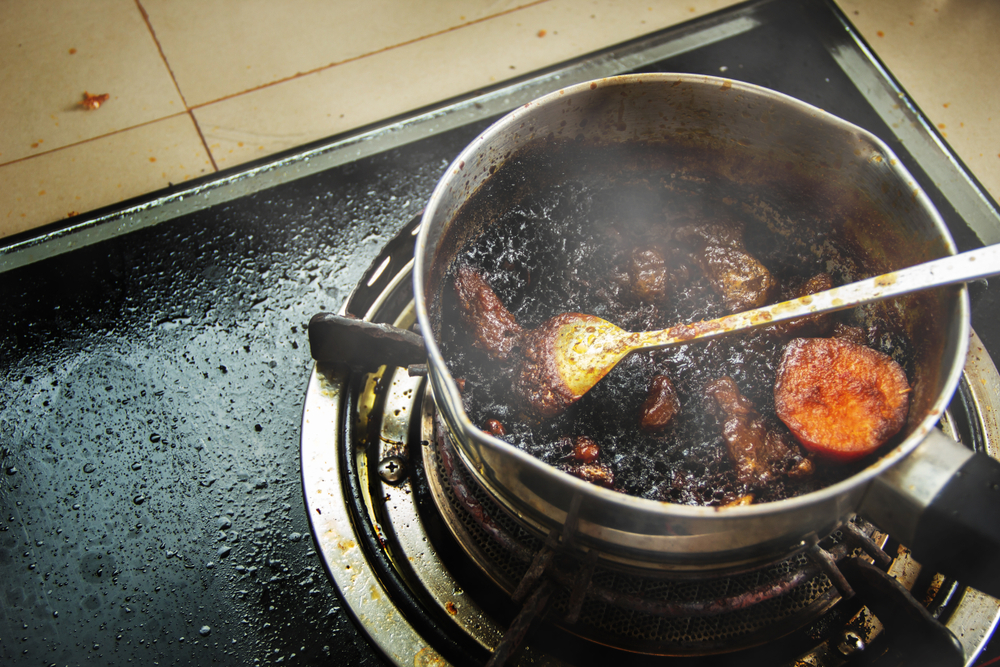
For example, refined canola oil has a high smoke point, while unrefined oils like extra virgin olive oil burn at lower temperatures. When an oil has gone bad, it may start smoking far earlier than expected. This indicates that the molecular structure of the oil has broken down, reducing its heat stability. Cooking with such oil not only affects food flavor but also produces harmful compounds such as acrolein, which can irritate the eyes and lungs.
Sediment or Particles
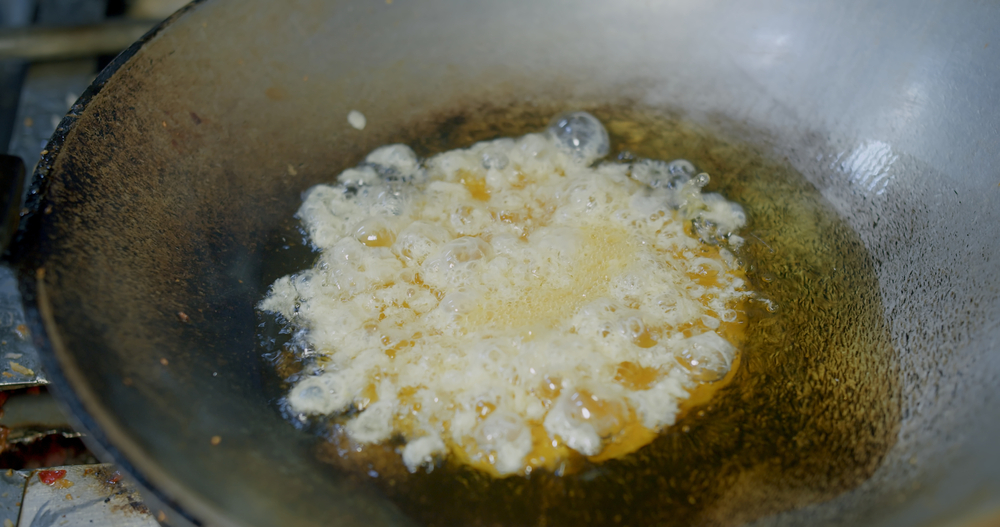
If you notice floating particles, residue, or clumps at the bottom of the container, this is a clear sign of spoilage. These particles form as fatty acids oxidize and bond together into visible sediment. In some oils, crystallization can occur when stored in very cold conditions, but this usually disappears once the oil returns to room temperature.
Expired Shelf Life
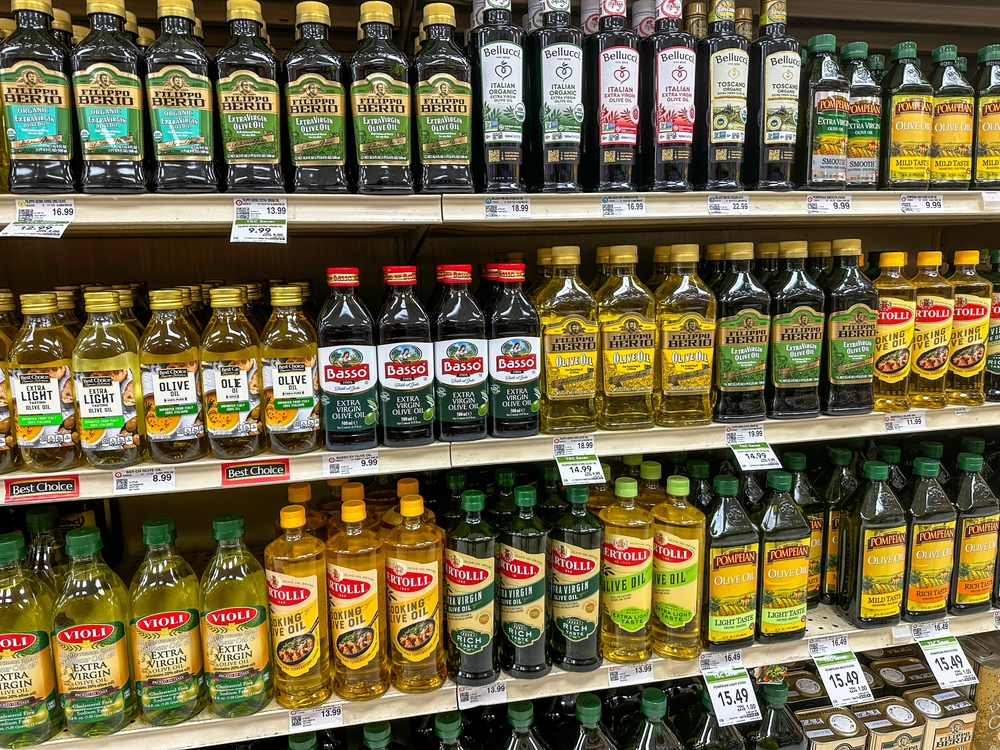
Once opened, oils are exposed to air and typically last only a few months before spoiling. For example, extra virgin olive oil is best consumed within six months of opening, while refined oils may last slightly longer. Using old oil can negatively affect both the flavor of food and long-term health.
An Essential Part Of Daily Meals

However, their quality should not be taken for granted. Signs like unpleasant odor, bitter taste, darkened color, sticky texture, unexpeced smoke, sediment, and an expired date all point to rancidity. Using spoiled oil can reduce the nutritional value of food and may even contribute to inflammation and oxidative stress in the body. To extend the life of your oils, always store them in a cool, dark place and tightly seal the container after each use. Recognizing these clear warning signs helps ensure that every meal is safe, flavorful, and healthy.
Read More: 6 Mistakes You’re Making When Cooking Pasta
Disclaimer: This article was created with AI assistance and edited by a human for accuracy and clarity.
